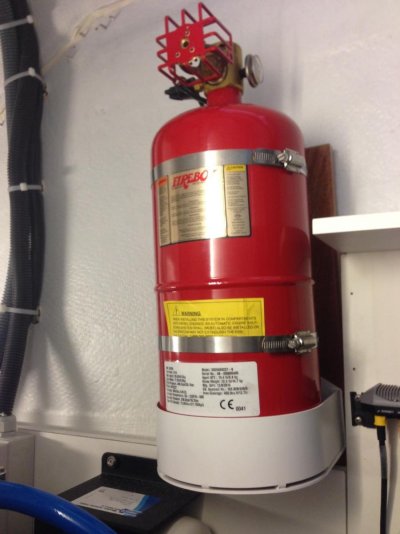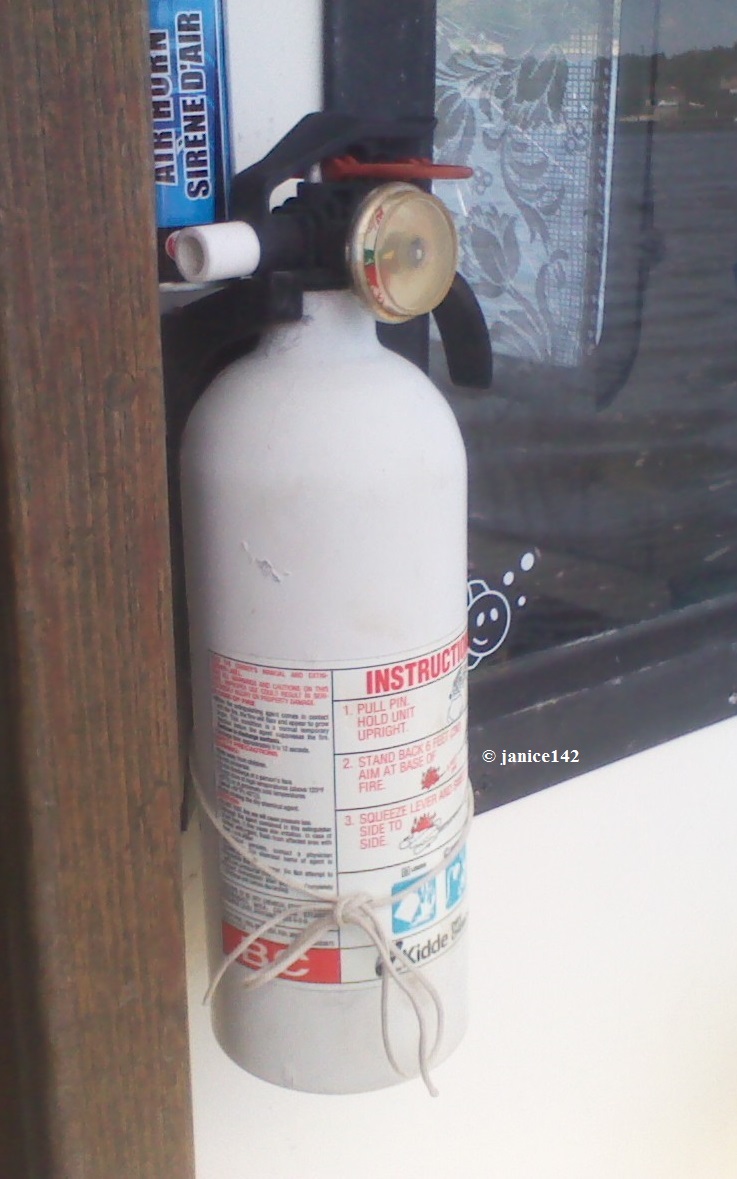I recently bought a used 38' cabin cruiser with about 5 larger than normal fire extinguishers on board with pins in & gauges in green area. The surveyor wrote up about them needing to be signed off/ tested every year according to some NFPA or another agency code. I read many articles on West Marine & it says my boat length needs a minimum of two B1 or one B11.
So Boat U.S. insurance is telling me I have to do what surveyor says about extinguishers . West Marine says their B1s are warranted for six years & doesn't tell you that you have to get them signed off every year.
Is the surveyor over doing it & superceeding the Coast Guard? Thank you.
So Boat U.S. insurance is telling me I have to do what surveyor says about extinguishers . West Marine says their B1s are warranted for six years & doesn't tell you that you have to get them signed off every year.
Is the surveyor over doing it & superceeding the Coast Guard? Thank you.


